Home>Storage Ideas>Living Room Storage>7 Simple Ways To Go Green With Your Cleaning Routine
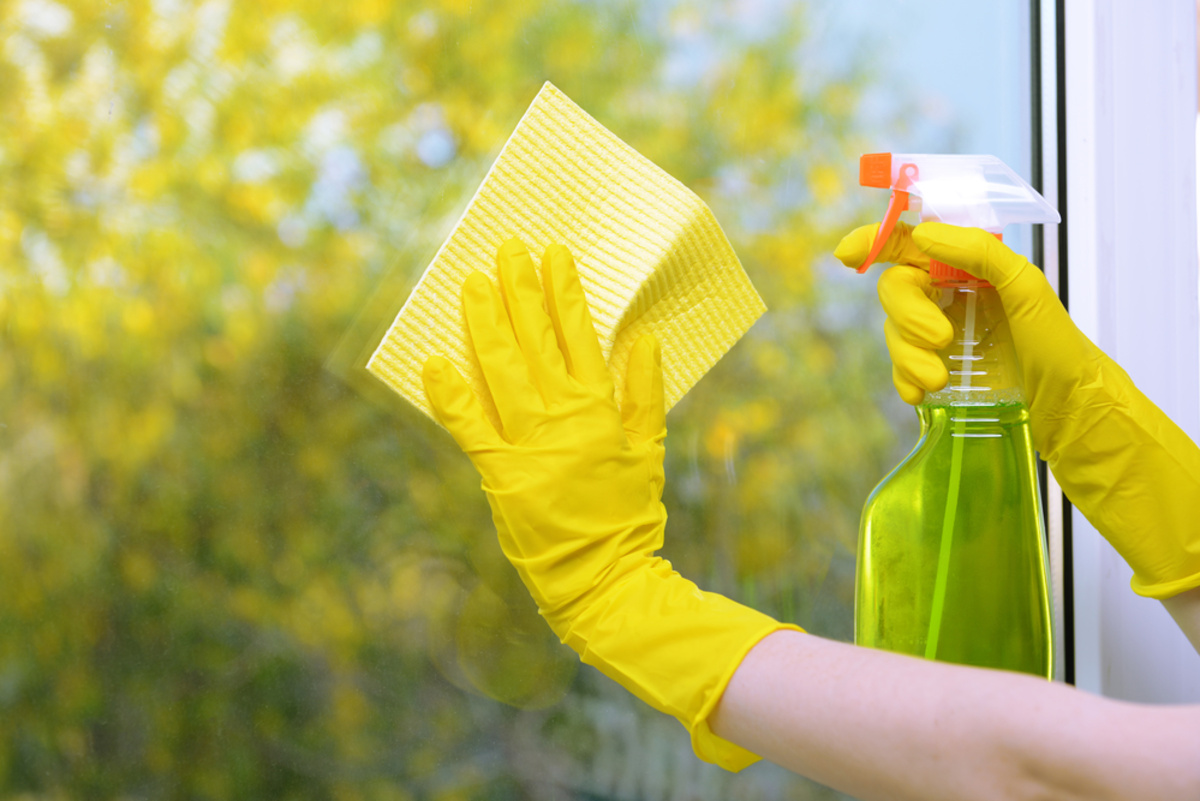

Living Room Storage
7 Simple Ways To Go Green With Your Cleaning Routine
Modified: February 27, 2024
Discover 7 simple ways to go green with your cleaning routine and make your living room storage more eco-friendly.
(Many of the links in this article redirect to a specific reviewed product. Your purchase of these products through affiliate links helps to generate commission for Storables.com, at no extra cost. Learn more)
Introduction
In today’s fast-paced world, it has become more important than ever to prioritize sustainability and eco-friendly practices in our daily lives. One area where we can make a significant impact is our cleaning routine. Many conventional cleaning products contain harsh chemicals that can be harmful to our health and the environment.
Fortunately, there are simple and effective ways to go green with our cleaning routine. By making conscious choices and adopting eco-friendly practices, we can reduce our environmental footprint while maintaining a clean and healthy living space. In this article, we will explore seven easy steps you can take to make your cleaning routine more environmentally friendly.
Key Takeaways:
- Switching to green cleaning products, making your own cleaning solutions, and utilizing natural ingredients can significantly reduce your environmental impact while creating a healthier living space for you and your family.
- By avoiding single-use cleaning products, conserving water, opting for reusable cleaning tools, and properly disposing of cleaning waste, you can make a positive impact on the environment and contribute to a more sustainable future.
Switch to Green Cleaning Products
One of the most straightforward and impactful steps you can take to make your cleaning routine more eco-friendly is to switch to green cleaning products. Traditional cleaning products often contain harsh chemicals such as ammonia, chlorine, and phthalates, which can be harmful to our health and the environment.
Green cleaning products, on the other hand, are made from natural and biodegradable ingredients that are safe for human use and kinder to the planet. Look for cleaning products that are labeled as “eco-friendly,” “non-toxic,” or “biodegradable.” These products are typically free from harmful chemicals and have a smaller carbon footprint.
When shopping for green cleaning products, be sure to read the labels and choose products that have transparent ingredient lists. Avoid products that contain artificial fragrances and colors, as these can also have negative effects on indoor air quality and the environment.
While switching to green cleaning products may require a small investment upfront, the long-term benefits are substantial. These products not only contribute to a healthier environment but also help create a safer and cleaner living space for you and your family.
Additionally, many green cleaning products come in recyclable or refillable packaging, further reducing waste and environmental impact. By making a conscious choice to switch to green cleaning products, you are taking a significant step towards a more sustainable lifestyle.
Make Your Own Cleaning Solutions
If you want to take your green cleaning routine to the next level, consider making your own cleaning solutions. Not only is it cost-effective, but it also allows you to have full control over the ingredients, ensuring that they are safe and environmentally friendly.
Creating your own cleaning solutions is surprisingly simple and requires only a few basic ingredients that you likely already have in your pantry. For example, vinegar is a versatile and effective cleaning agent that can be used to tackle a variety of household cleaning tasks.
To make an all-purpose cleaner using vinegar, simply mix equal parts of water and vinegar in a spray bottle. This homemade solution is excellent for cleaning surfaces like countertops, windows, and floors. You can also add a few drops of essential oil to give it a pleasant scent.
Baking soda is another powerful natural cleaner that can be used for a wide range of cleaning purposes. Its abrasive nature makes it ideal for removing tough stains, eliminating odors, and scrubbing surfaces.
To make a baking soda paste, mix baking soda with a small amount of water until you achieve a thick, paste-like consistency. Apply the paste to the desired area and scrub gently with a damp cloth or sponge. Rinse thoroughly, and voila! You have an effective and eco-friendly cleaning solution.
By making your own cleaning solutions, you can reduce your reliance on store-bought cleaning products that often come in plastic packaging and contain unnecessary chemicals. Plus, you’ll save money in the process!
It’s worth mentioning that while homemade cleaning solutions are generally safe and effective, it’s essential to test them on a small, inconspicuous area before using them on delicate or porous surfaces. This precaution will help ensure compatibility and prevent any potential damage.
So, get creative and discover the power of homemade cleaning solutions. Not only will you be reducing your environmental impact, but you’ll also have the satisfaction of knowing exactly what goes into the cleaners you use in your home.
Use Natural Ingredients
When it comes to green cleaning, utilizing natural ingredients can be highly effective and environmentally friendly. Many common household items can serve as powerful cleaning agents, eliminating the need for harsh chemicals and reducing our impact on the planet.
Lemons are a fantastic natural ingredient that can be used for various cleaning purposes. The high acidity of lemon juice makes it a potent disinfectant and stain remover. You can use lemon juice to tackle tough stains on surfaces, remove grime from cutting boards, and even freshen up your garbage disposal.
Vinegar, another versatile natural ingredient, is an excellent option for cutting through grease and disinfecting surfaces. Mix equal parts of vinegar and water to create an effective solution for cleaning kitchen countertops, tiles, and even windows. Vinegar is also great for removing mineral deposits and soap scum in bathrooms.
Baking soda, often used in homemade cleaning solutions, is a powerful odor neutralizer. It can be sprinkled on carpets before vacuuming to freshen them up or added to laundry to remove stubborn odors. Baking soda also works well for cleaning and deodorizing kitchen sinks and drains.
Essential oils are not only pleasing to the senses but also have antimicrobial properties, making them a great addition to your green cleaning routine. Tea tree oil, lavender oil, and eucalyptus oil are popular choices for their natural disinfectant and deodorizing qualities. Add a few drops of your preferred essential oil to your homemade cleaning solutions for an extra boost.
Alongside these natural ingredients, it’s important to use environmentally friendly cleaning tools such as microfiber cloths and reusable scrub brushes. Opt for natural fiber dusters instead of disposable dusting wipes to reduce waste. By using these natural ingredients and tools, you can clean your living space effectively while minimizing your impact on the environment.
It’s also worth noting that when using natural ingredients, it’s essential to follow proper safety guidelines. Always keep them out of reach of children and pets, and avoid mixing ingredients that can produce harmful reactions.
By harnessing the power of natural ingredients, you can create a healthier and safer living environment for yourself and your family. Embrace the simplicity of natural cleaning and experience the satisfaction of a sparkling home without the need for harsh chemicals.
Avoid Single-Use Cleaning Products
Single-use cleaning products contribute significantly to waste and environmental pollution. Items like disposable wipes, paper towels, and single-use mop pads end up in landfills, taking a toll on our planet’s resources.
To make your cleaning routine more eco-friendly, try to avoid or minimize the use of single-use cleaning products. Instead, opt for reusable alternatives that can be washed and reused multiple times.
Microfiber cloths are an excellent example of a reusable cleaning tool. They are highly efficient at trapping dirt and bacteria, making them perfect for various surfaces and cleaning tasks. Microfiber cloths can be washed and reused, reducing waste and saving money in the long run.
If you prefer using wipes for certain cleaning tasks, consider investing in reusable wipes made from fabric or bamboo. These washable wipes are durable and can be used in place of disposable wipes, significantly reducing waste.
Another area where single-use cleaning products are prevalent is in the realm of floor cleaning. Instead of using disposable mop pads or Swiffer pads, opt for a mop with washable and reusable pads. These pads can be easily washed after each use, ensuring a fresh and clean floor without contributing to landfill waste.
By avoiding single-use cleaning products, you are taking a step towards reducing your environmental impact. Not only will you be reducing waste, but you’ll also save money by not constantly purchasing disposable cleaning items.
Remember, it’s crucial to properly care for and maintain your reusable cleaning tools. Follow the manufacturer’s instructions for washing and disinfecting to ensure their longevity and effectiveness.
By making a conscious effort to avoid single-use cleaning products, you can significantly reduce your household waste and contribute to a cleaner and more sustainable future.
Use vinegar and baking soda as natural cleaning agents. They are effective, non-toxic, and eco-friendly alternatives to harsh chemical cleaners.
Read more: 7 Ways To Clean Your Bathroom With Bleach
Conserve Water
Conserving water is not only beneficial for the environment, but it can also save you money on your water bill. Incorporating water-saving practices into your cleaning routine is a simple and effective way to be more environmentally friendly.
Start by being conscious of the amount of water you use while cleaning. Instead of letting the tap run continuously, turn it off when you don’t need the water. This small step can make a significant difference in your water consumption.
When using water for cleaning tasks, such as mopping floors or washing surfaces, consider using a bucket instead of running water directly from the tap. Fill the bucket with the appropriate amount of water and add your eco-friendly cleaning solution. This way, you can control the amount of water you use and avoid wasting it.
Another water-saving tip is to reuse water whenever possible. For example, if you’re washing fruits and vegetables, save the water to use for watering plants or cleaning outdoor surfaces. Similarly, when you’re done soaking dishes or cleaning, repurpose the water for flushing toilets or watering your indoor or outdoor plants.
In addition, be mindful of leaks and drips to prevent unnecessary water waste. Regularly check for leaks in faucets, pipes, and hoses, and promptly repair any leaks or drips you come across.
Furthermore, consider installing water-saving fixtures in your home, such as low-flow showerheads and faucets. These fixtures reduce the amount of water used without sacrificing water pressure or performance. Upgrading to water-efficient appliances, like dishwashers and washing machines, can also help conserve water in the long run.
By conserving water, you contribute to the preservation of this precious resource and help mitigate water scarcity. Every drop saved adds up, making a positive impact on both the environment and your wallet.
Remember, water is a finite resource, and it’s essential to use it wisely. Implementing water-conservation practices in your cleaning routine is a simple yet effective way to live more sustainably.
Opt for Reusable Cleaning Tools
When it comes to creating a more eco-friendly cleaning routine, one of the key steps is to opt for reusable cleaning tools. Traditional cleaning tools often contribute to waste and pollution, as they are designed for single-use and eventually end up in the landfill.
By choosing reusable cleaning tools, you can significantly reduce your environmental impact while still maintaining a clean and sanitary living space.
Mops and brooms are essential tools for keeping your floors clean. Instead of using disposable mop pads or broom heads, invest in high-quality, reusable options. Look for mop heads that can be easily detached and washed, allowing you to reuse them multiple times. Similarly, choose brooms made from durable materials that can withstand frequent use and can be cleaned when needed.
When it comes to dusting and wiping surfaces, microfiber cloths are a fantastic reusable option. These cloths are highly effective at capturing dust and dirt particles, making them ideal for various cleaning tasks. Simply wash the microfiber cloths after each use and reuse them again and again, reducing waste and the need for disposable wipes.
Similarly, consider investing in reusable scrub brushes for tougher cleaning tasks. Look for brushes made from sustainable materials like bamboo or recycled plastic. These brushes can be used for scrubbing sinks, tiles, and other hard surfaces, and can easily be cleaned and reused.
Instead of using disposable sponges, choose durable and washable options. There are many reusable sponge alternatives available that are designed to be long-lasting and easy to clean. These reusable sponges can be used for various cleaning tasks and are a more sustainable choice in the long run.
By opting for reusable cleaning tools, you not only reduce waste but also save money. While the upfront cost of these tools may be slightly higher than their disposable counterparts, they last longer and provide better value over time.
Remember to properly care for and maintain your reusable cleaning tools. Clean them regularly, follow manufacturer instructions for washing, and store them properly to ensure they remain in good condition and can be used for a long time.
Choosing reusable cleaning tools is an essential step in creating a more environmentally friendly cleaning routine. By making this simple change, you can significantly reduce your contribution to landfill waste while still achieving a spotless and well-maintained living space.
Dispose of Cleaning Waste Properly
Proper waste disposal is a crucial aspect of maintaining an environmentally friendly cleaning routine. It ensures that harmful chemicals and materials don’t end up in landfills or waterways, where they can have detrimental effects on the ecosystem. Here are some tips for disposing of cleaning waste properly:
1. Read labels: Before using any cleaning product, it’s essential to read the labels for disposal instructions. Some products may require specific disposal methods due to their chemical composition. Following the manufacturer’s guidelines ensures that you dispose of the waste safely and responsibly.
2. Hazardous waste disposal: Certain cleaning products are considered hazardous waste and should not be disposed of in regular trash bins or poured down the drain. Examples include paints, solvents, batteries, and certain cleaning agents containing chemicals like bleach or ammonia. Contact your local waste management facility or municipality to inquire about hazardous waste disposal options in your area.
3. Recycle packaging: Many cleaning products come in plastic containers or bottles that can be recycled. Rinse out the containers thoroughly to remove any remaining product, remove labels if needed, and place them in your recycling bin. Recycling helps reduce waste and conserves resources.
4. Empty containers: Empty cleaning product containers can typically be disposed of with regular household waste if they are empty, especially if they are plastic or glass. To ensure they are completely empty, rinse them out or squeeze out any remaining product. This step prevents the contamination of other waste and reduces the risk of leaks or spills.
5. Electronic waste: Some cleaning gadgets, such as battery-powered vacuum cleaners or scrubbing machines, may eventually reach the end of their useful life. These electronic devices should be disposed of properly to prevent hazardous materials from entering the environment. Check local regulations for electronic waste disposal and consider recycling programs or drop-off locations in your area.
6. Reduce waste: Minimizing waste in the first place is always key to adopting an eco-friendly cleaning routine. Consider purchasing cleaning products in bulk or refillable containers whenever possible to reduce packaging waste. Additionally, opt for reusable cleaning tools such as washable cloths and brushes to reduce the amount of waste generated from disposable cleaning tools.
By taking the time to dispose of cleaning waste properly, you are playing your part in protecting the environment and ensuring a healthier future for all. Remember to educate yourself about local waste management regulations and seek out eco-friendly disposal methods to reduce your impact on the planet.
Conclusion
Creating a more eco-friendly cleaning routine not only benefits the environment but also promotes a healthier and safer living space for you and your family. By implementing the seven simple steps outlined in this article, you can make a significant impact on reducing waste, minimizing chemical usage, and conserving resources.
Switching to green cleaning products and making your own cleaning solutions allows you to avoid harsh chemicals and have full control over the ingredients you use. Incorporating natural ingredients such as lemons, vinegar, and baking soda further enhances the effectiveness of your cleaning routine while being gentle on the environment.
Avoiding single-use cleaning products and opting for reusable alternatives like microfiber cloths, mop pads, and scrub brushes significantly reduces waste. These reusable tools ensure a thorough cleaning while reducing your contribution to landfill pollution.
Conserving water during your cleaning routine is another critical aspect of eco-friendly practices. By being mindful of water usage, reusing water when possible, and investing in water-saving fixtures, you can help mitigate water scarcity and reduce your overall water consumption.
Finally, proper disposal of cleaning waste ensures that no harmful chemicals or materials end up in the environment. Following disposal guidelines, recycling packaging, and minimizing waste contribute to a healthier planet.
By incorporating these seven simple steps into your cleaning routine, you can make a positive impact on the environment while maintaining a clean and healthy home. Every small change counts, and together, we can create a more sustainable future for generations to come.
Frequently Asked Questions about 7 Simple Ways To Go Green With Your Cleaning Routine
Was this page helpful?
At Storables.com, we guarantee accurate and reliable information. Our content, validated by Expert Board Contributors, is crafted following stringent Editorial Policies. We're committed to providing you with well-researched, expert-backed insights for all your informational needs.


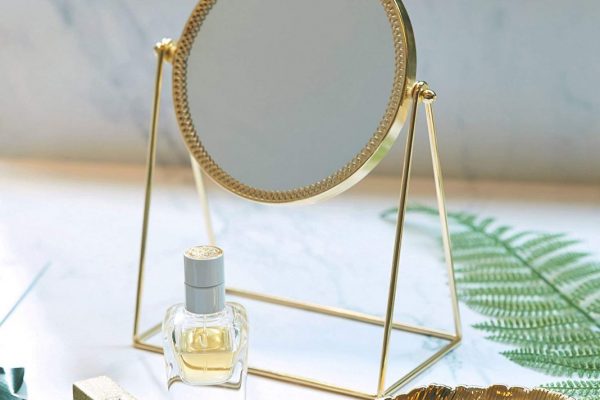




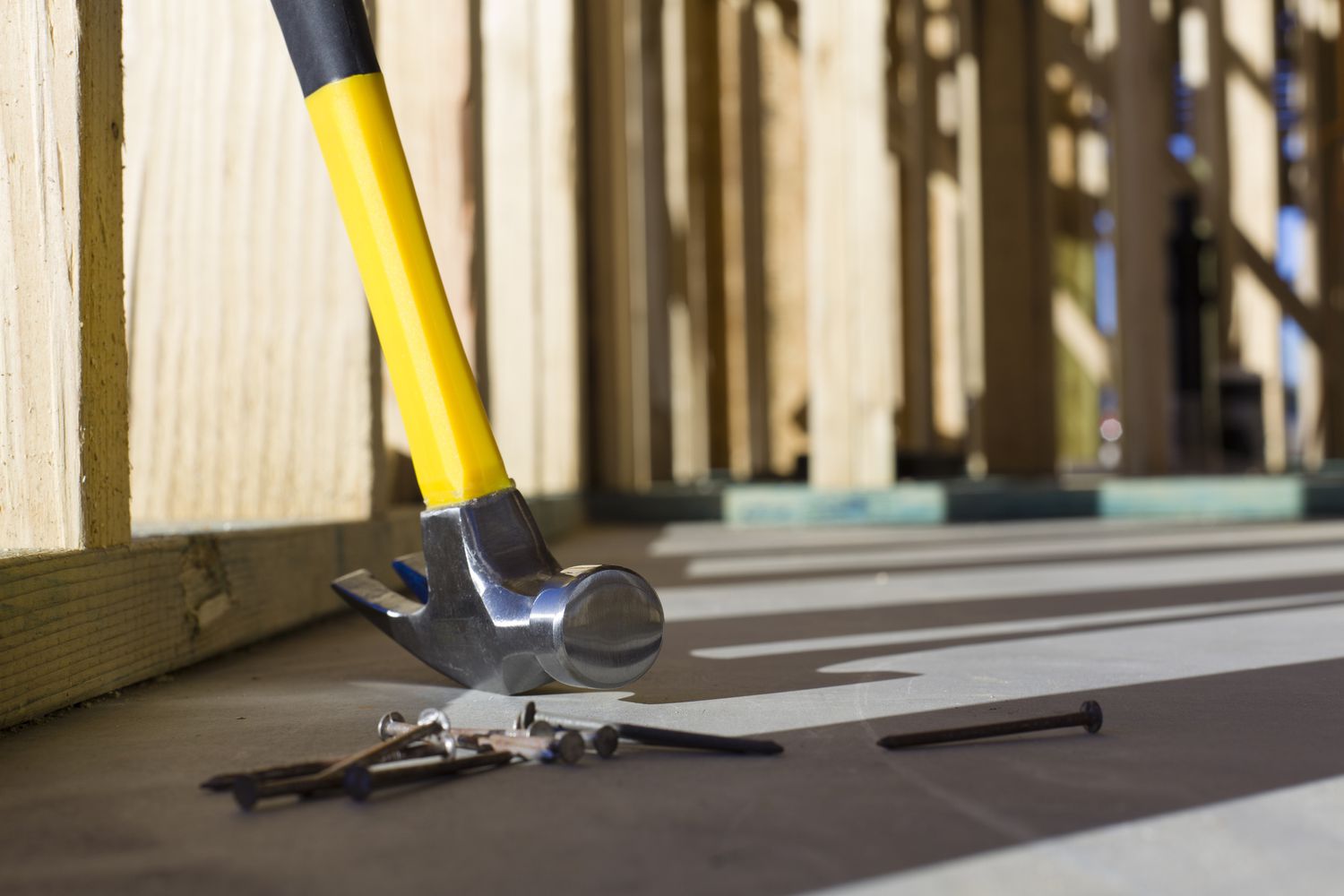


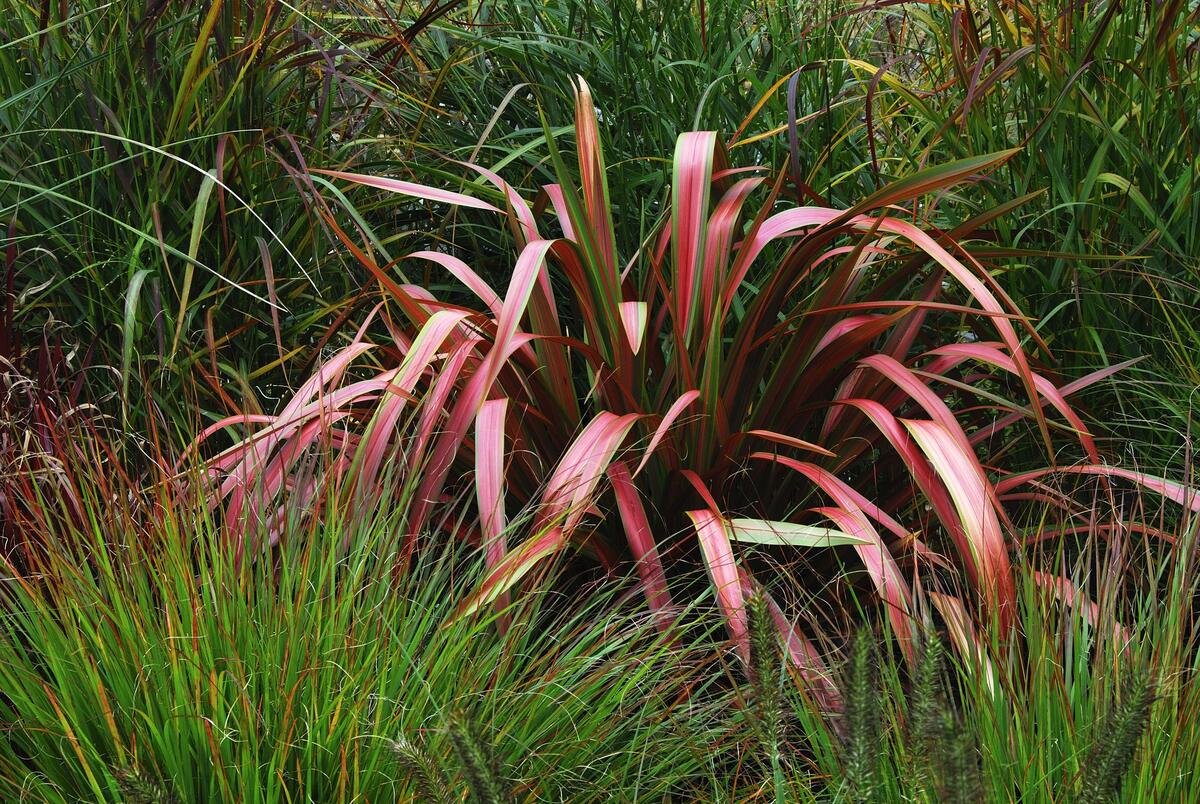

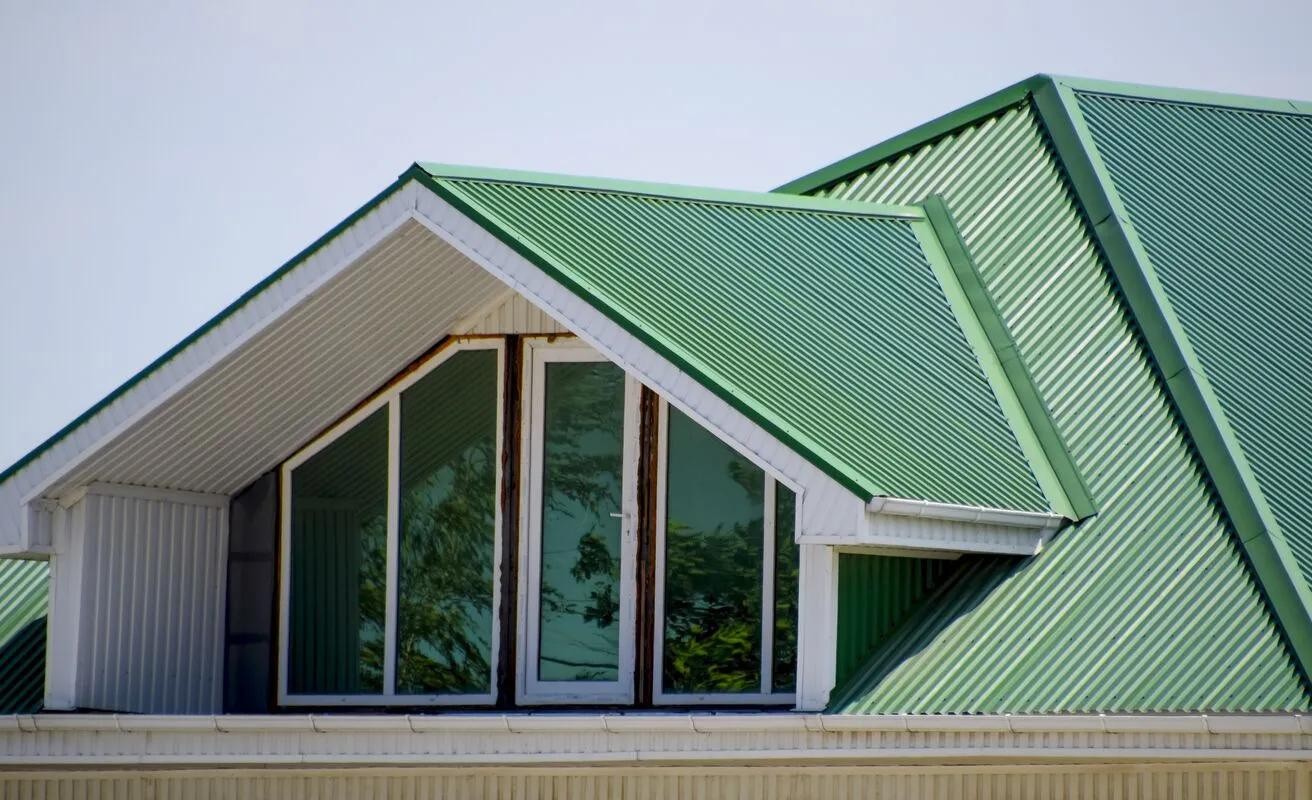


0 thoughts on “7 Simple Ways To Go Green With Your Cleaning Routine”